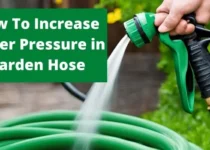Lawn Care Tips For Beginners
Every lawn owner wants to make his lawn perfect. We will show you how to keep your garden looking its best all year round and the best lawn care tips you can follow. Underneath is a guide for anyone who loves gardening, whether new homeowners or gardening experts. We also cover some questions which are essential for a beautiful lawn.

How to make a great lawn?
Adjust the cutting height
Use a 1-1/2 in. cutting height for the first mowing
Use Good Mower Blade
Use a mower blade that will cut your grass efficiently.
Aerate your lawn
If you want to green up your grass and make it more beautiful, you should regularly aerate your lawn
Water your lawn deeply
We recommend that you water your grass with 1 ½ inches of water, twice a week for the whole year-round.
Natural Fertilizer
Because they are better for your grass, improve the structure of the soil, and hold water and nutrients.
What is the best way to take care of your lawn?
Follow these steps:
1. Mow Your Lawn
2. Water Your Lawn
3. Weed Control
4. Aerate the soil
5. Feeding Your Lawn Properly
6. Rake the Leaves
Lawn Care Tips:
Mow Your Lawn
Mow Your Lawn Properly
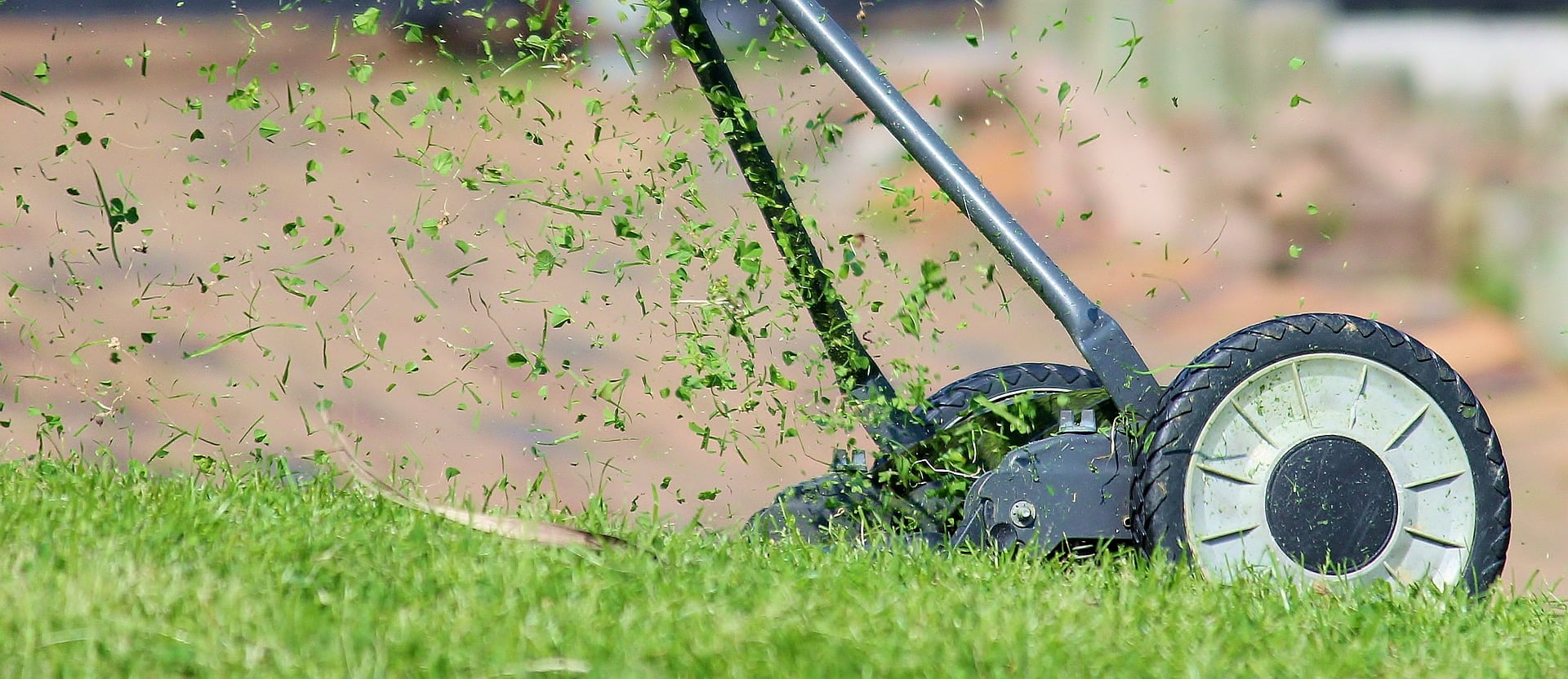
Caring about your lawn is always good to go back and revisit things that you think you know. It’s been suitable for your yard. So first let’s talk about mowing because mowing is the most critical thing that you need to do and you need to do it properly to get your lawn healthy there is nothing else as important as mowing.
You should spend most of your time there we’re going to do it right so just think about this concept for a minute that’s one grass blade that I pulled from now again it’s overgrown but just look at all of that leaf surface that can absorb sunlight you want to allow that as much as possible. While you do need to cut your lawn, you want to cut it as tall as likely to leave as much of that leaf surface exposed.
So when you cut it off, you still have quite a bit of leaf surface exposed to absorb sunlight, which then allows photosynthesis to occur, which then will enable sugars to go down the plant. You should use lawn aerator when you think your lawn requires it.
Water your Lawn
Water Your Garden Regularly

We’re going to talk a little bit more about supporting that process when I speak about watering and fertilizing. Still, the idea of cutting the tallest allows more leaf service to be exposed to the Sun all the time. So what I recommend you do if you don’t even want to try to measure how tall your mowing just set your mower to the tallest setting and let it go just forget it that’s the easiest thing to do as a beginner.
When the weather is hot and alters your mowing patterns so that the grass won’t lean in one direction last, most lawns need about an inch of water per week. A rain gauge can help you monitor rainfall and deeply water your garden in the morning to avoid loss of moisture from evaporation. Watering is the most efficient method. It gives the water time to reach the root system. It allows the soil to dry the sun between watering.
It’s a good idea to hook your sprinkler to a timer to avoid runoff and waste water that’s it by following these easy steps your lawn can look great with just a little time and effort for more lawn care including the best time to seed and fertilize.
Weed Control
Take care of Weed Control
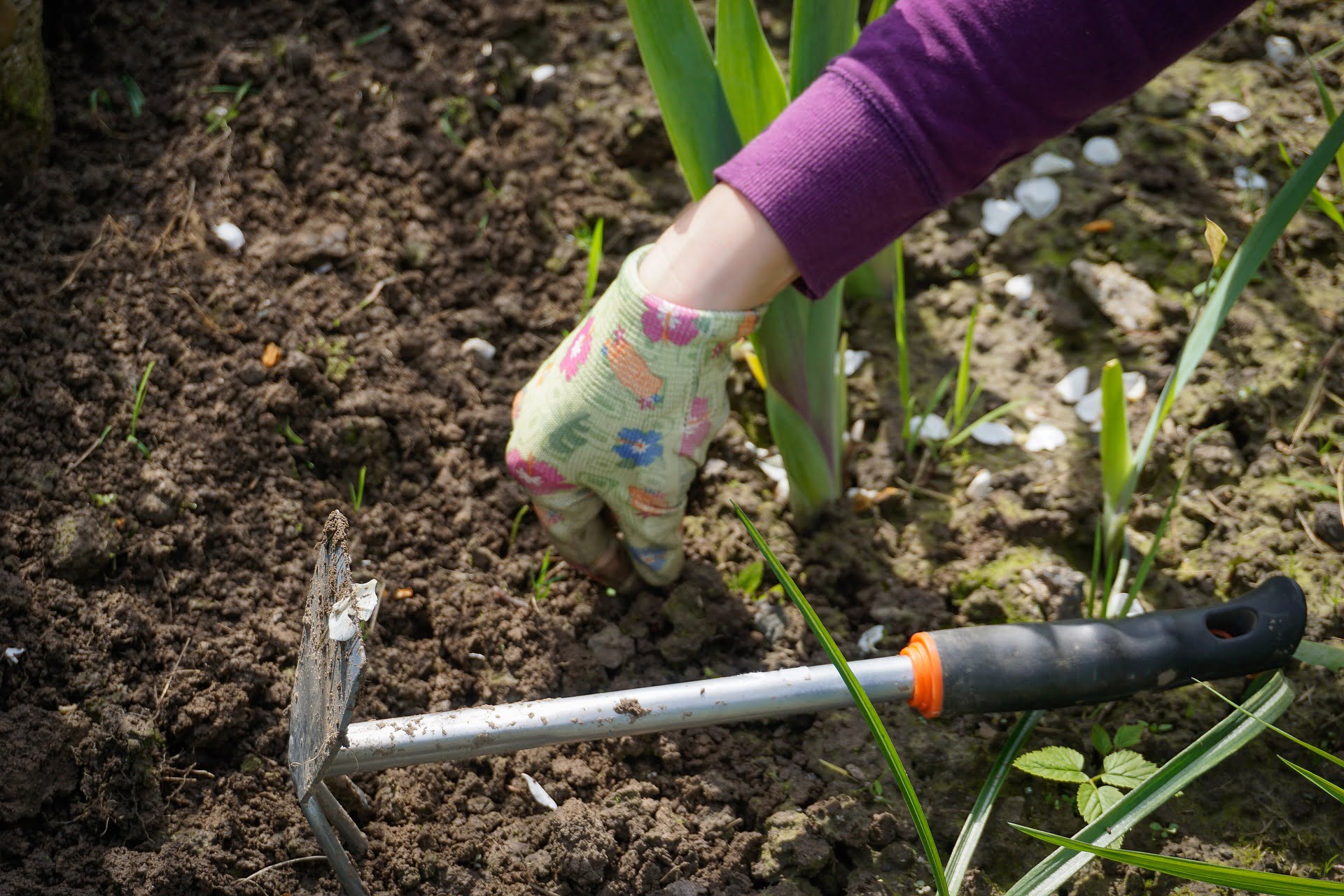
The grass isn’t always greener on the other side with a little regular maintenance your lawn can be the envy of the neighborhood. A healthy lawn has six essential components first thing you need to address weeds and look at the overall health of your garden. If you have large areas of plants with very little grass, it may be time to start overspray the weeds with non-selective weed killer and wait for them to die non-selective means it kills all plants, So be careful what and where you spray if you lawn is in better shape.
We’d use a selective herbicide, and spot treats only the areas with weeds. Once the plants are eliminated, it’s time to improve your soil over time. The ground under your lawn begins to degrade in quality detach using a garden rake start by raking your lawn vigorously to remove thatch the dead grass and other debris that prevents water nutrients and air from reaching the root system.
How to get rid of a lawn full of weeds?
1. Seed your lawn and aerate properly if necessary.
2. Mow and fertilization treatment before winter.
3. Use hand-picked good-quality weeds.
4. Mow your lawn regularly only remove a third of the grass at a time.How to get rid of weeds without killing grass?
We recommend using a Lawn weed killer which kills the weeds by reaching their roots and apply only when temperatures reach between 45 and 90 degrees Fahrenheit.
Now aerate your lawn aerating reduces soil compaction by poking holes in the ground. The best option is to use a core aerator that removes small plugs of dirt to loosen the soil on small yards. You can use a spiked aerator now that your weeds and land are in check you’re ready to seed there are two categories of seed warm-season grass like Bermuda and centipede and cool-season varieties like fescue and bluegrass.
Feed
Feed Your Lawn

Now learn about feeding begin by measuring your lawn’s square footage to determine how much fertilizer you will need. You can use either a broadcast or drop spreader. Just be sure to check the bag for the correct spreader setting. You want to get the amount of fertilizer right. As too much can be just as bad for your grass as too little apply the fertilizer evenly and do not overlap passes using weed and feed is a convenient way to deal with plants.
I’ll be pretty okay alright the last step for our beautifully green yard is to fertilize or feed the three-way compost stuff that we spread is also fertilizer, so this is like icing on the cake. Still, we’ve already fertilized quite a bit here alright so it says on the back here there we Scott’s broadcast spreader set to three and a half it’s essential not so much for the seed but with them with this stuff to not lay too much down because that will come instead of feed your yard it will burn it to death.
Seed
Seeding
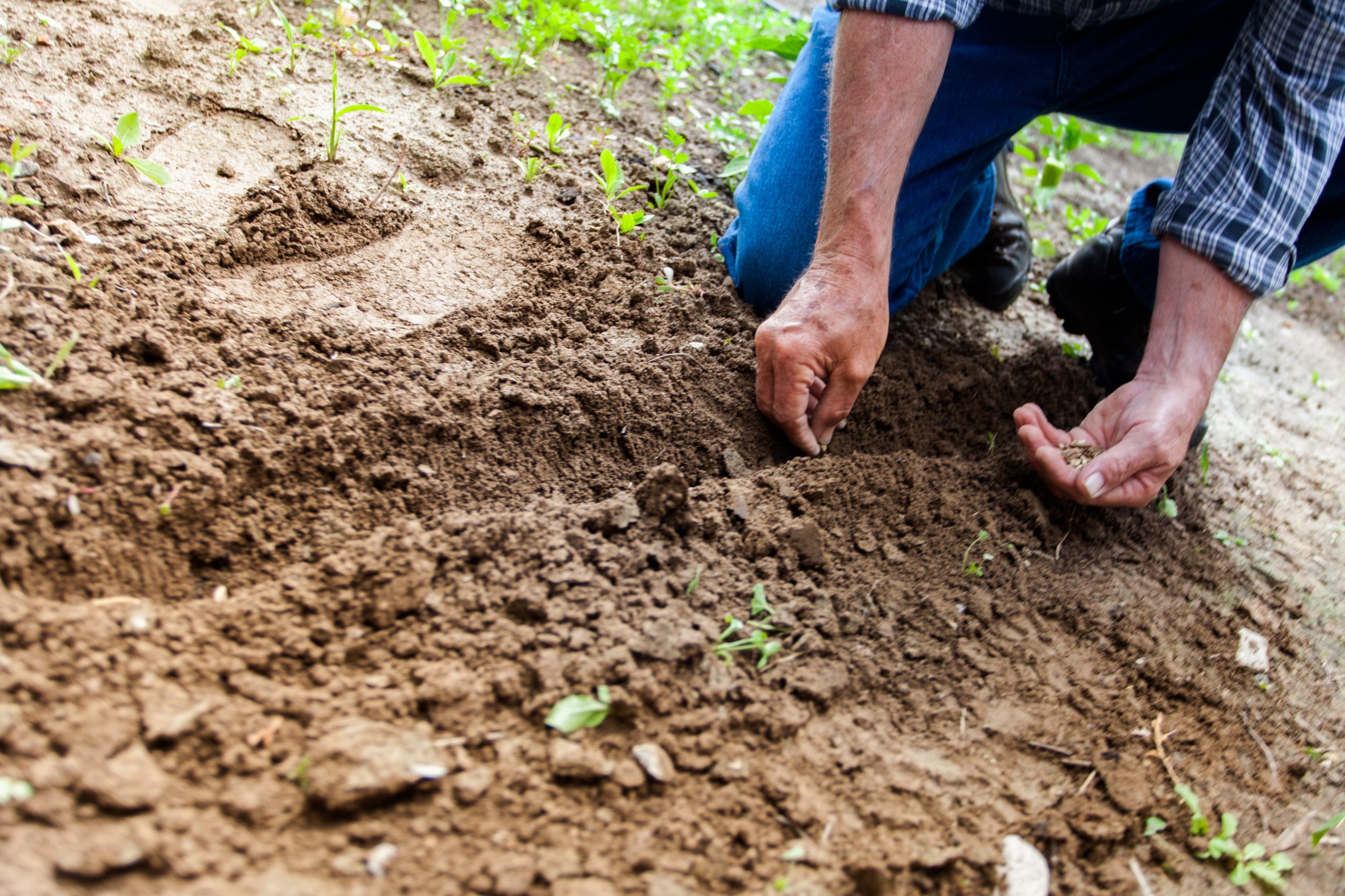
I overseed with it. It’s going to slowly take over and give me an excellent overall reliable result that I’m looking for so you can do these different ways. Still, my recommendation is just to pick one kind of seed and try to stay with it the biggest mistake people make is that they buy one seed one year or a different brand the next year. They keep switching, and you end up getting like a patchwork quilt in your lawn, and the whole garden becomes a mess, so if you pick a seed, get it from a prominent manufacturer, and if you choose one of the ones.
I recommend I think you’ll get good results, but just try to stick with it year after year so that you can grow and thrive and have a similar look.
Now, as you put your seed down once that’s finished, you’ve got to go back over the area, and you do want to apply a starter fertilizer. Up until now, this is the first chemical that you’re going to put in your lawn. You’re just going to follow the directions. On the starter, fertilizer put it in a spread it out, and this will help those seeds being terminated and remember starter fertilizers for new lawns. If you use regular fertilizer, you run the risk that you’ll burn out the grain.
Once your lawn is established, if you choose to mulch, that’s just fine. Still, in the beginning, you’re better off trying to bag, and on the subject of mowing when you go into this renovation, you want success. All I mean by that is if you’ve got a lousy mower and you’re going to improve, it might be a good time to consider a new one.
Seasonal Guide: A Year-Round Lawn Care Maintenance Tips
Tips for the Spring
Spring Season

Lawn care tips for spring; it’s time to do what we’re going to be doing today, which is we’re going to detach, then we’re going to aerate. Then we’re going to oversee and fertilize, so let’s take a look at the tools. We’re going to use so first off you’re going to need a lawnmower and string trimmer to mow your yard just as you usually would you’re going to need some standard hand tools like a rake and a shovel metal.
All right, well, we have aerated, and we have mowed again so that all of the dead stuff picked up. So the next step my friends is to take a broadcast spreader like this one or our bigger one we have two more levels left and the next one is the most physically demanding so dirt by the dump truck load is a lot more fun than dirt by the back you take your soil. You nicely just shake it over the yard, and then you take a rake-like so and just rake it into the grass spots like this you don’t want to lay the grass grow just get in your hand’s dead place will fill in the grass.
Tips for the Summer
Summer Season
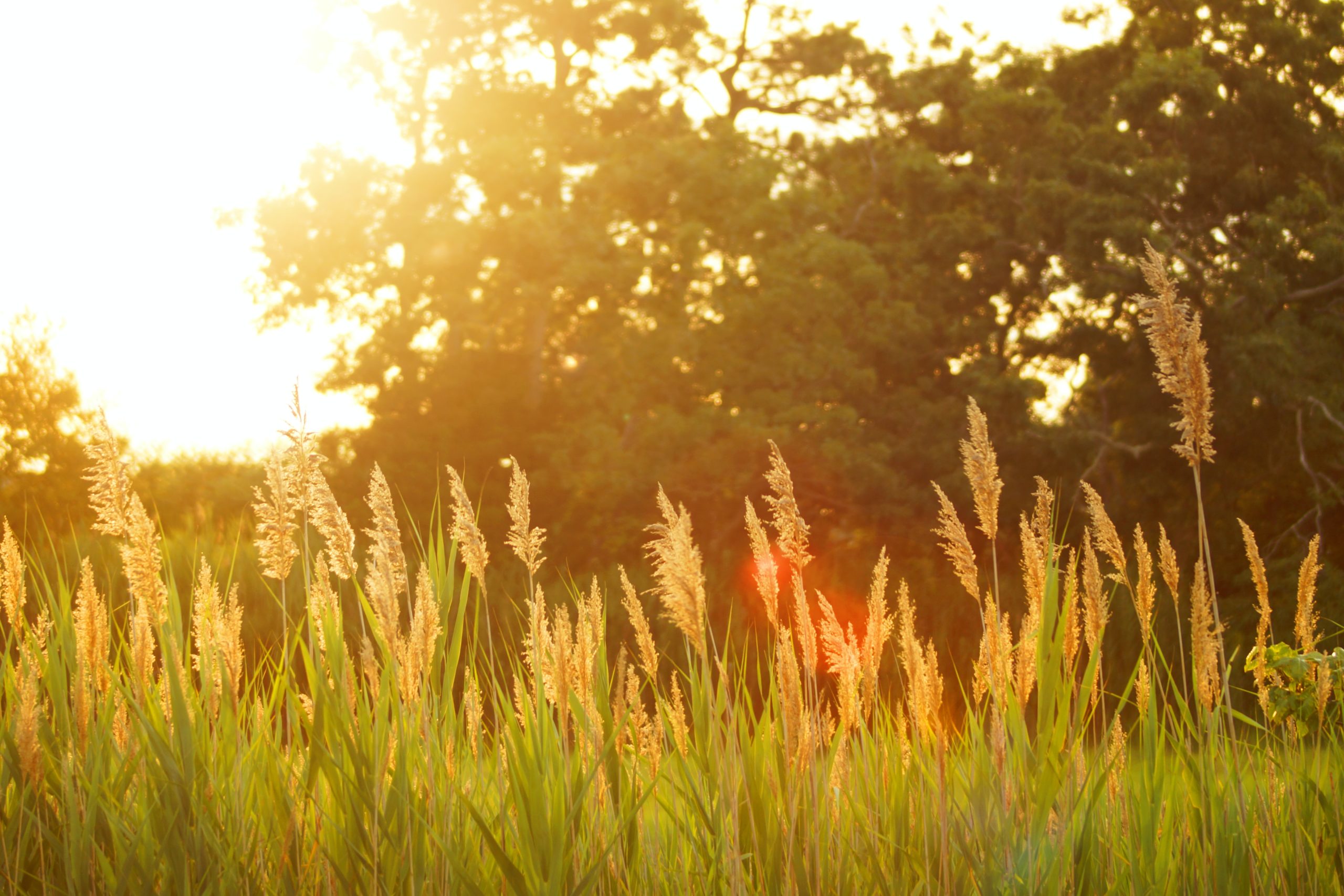
I’m going to talk to you today about saving your lawn when it comes to hot drought conditions. I went on vacation. We went away for seven solid days and guess what we had zero rain, but I prepared for it, and I saved my lawn.
I think it was so every single morning my lawn got about 10 minutes worth of water every single day while I was gone, and I came home again every single yard, and the neighborhood looked horrible has lots of burnout my yard looks great.
Tips for the Fall
Fall Season

Now let’s talk about fall treatments we’re going to talk about fertilizers when do you stop fertilizing that’s a common question we’re getting right now. When do I keep feeding when do I stay when can I put my last one down we’re going to cover that for you and what to put down on the fall armyworms are going to do a follow-up armyworm because I had to do a second treatment because of the lifecycle.
We all want nutrients in our grass, and up until that freeze comes, and it shuts down for winter after that there are no nutrients you don’t put anything down once you get into your grass goes dormant you’re done even if you have a warm-up.
When it comes to fall time and the water, we mustn’t overwater, and we mustn’t underwater now you notice my lawn is a lot more green than a lot of the people around me. The difference is they cut the water early now what that does for the yard is it forces the grass into going to sleep to protect itself or dormancy now it also just stresses dormancy. It affects your root development, so I’m making sure that I’m watering once a week at about a quarter of an inch to force water down now sometimes.
I know there are a lot of us out there who like having long cool-season grass or even long warm-season grass, but the bottom line is fall preparation it’s essential to lower the height of cut to prevent fungal problems like snow.
Now here’s my opinion on this your majors, which are nitrogen phosphorus potassium, are more critical than your minors only because the microorganisms aren’t going to be pulling those minors as quickly as they will the majors. Now my focus on the majors is going to be nitrogen and potassium and a little bit of phosphorus.
Tips for the Winter
Winter Season

The lawn care tips for winter with some winter lawn advice, so there are a few things you should know about the winter to understand how your lawn is going to react in the spring.
Now let’s talk a little bit about snow on the lawn the first thing is a little bit of snow cover is good a little bit of consistent snow cover is perfect. It kind of insulates the garden or protects the turf and prevents desiccation, which in a nutshell just means if you don’t have a snow cover that cold winter wind will whip across your lawn and other plants. It will suck the moisture from the leaves, and that’s called desiccation, and that can cause some dieback, so a little bit of snow covering the lawn is good.
I recommend you do if you haven’t already make sure that you get any debris off of the lawn before the next snow now when I see trash I’m talking about one thing in particular and that is going to believes leaves are a big nuisance this time of the year on the lawn.
I recommend you do it now. This one is going to be optional for those of you guys. Still, I highly recommend you do it as long as conditions permit as it will benefit you much in the long run, and that is going to be a soil application that’s right a soil application. Now I already know what’s coming to a lot of you guys are going to be like Jake why would you think about putting any fertilizer applications on your lawn at this time when it’s dormant didn’t you say no fertilizing when the gardens dormant.
Conclusion:
We all have different expectations and counting on where we live. We could also have limits on what we will accomplish.
It’s a realistic idea to know your local climate and soil conditions if you’re getting to have the simplest lawn possible.
That doesn’t mean you can’t have a pleasant lawn – you only need to adjust your expectations accordingly.
Without our lawn care tips for beginners above, it’s difficult and even impossible to realize a thick, clean, healthy, green, and
elegant lawn.
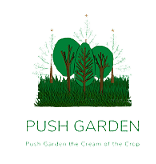
![Modern Landscape Design - 3D Walkthrough [30+ Ideas Included] 11 Modern Landscape Design](https://pushgarden.com/wp-content/uploads/2024/04/Modern-Landscape-Design-210x150.webp)
